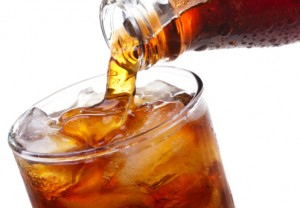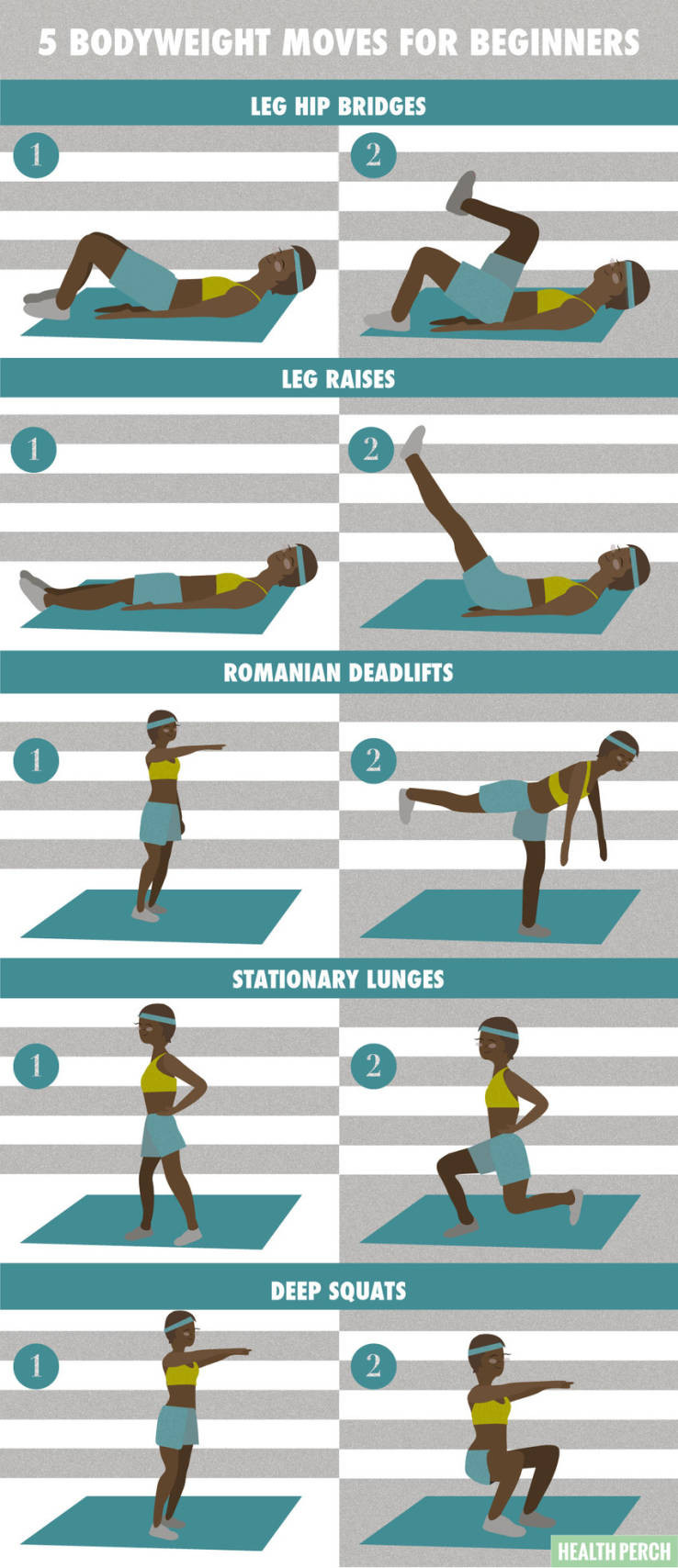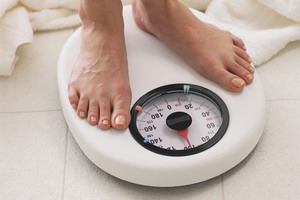Cholecystitis (gallbladder inflammation): Causes, types and treatment
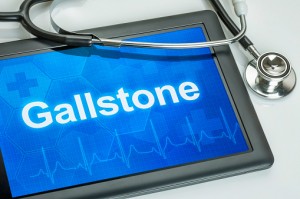 Cholecystitis is inflammation of the gallbladder. The gallbladder is a sac-like organ located just below the liver, on the upper right side of the abdomen. The gallbladder temporarily stores the bile produced by the liver. Bile is a fat-digesting liquid, which is released during digestion into the small intestine in order to break down fats.
Cholecystitis is inflammation of the gallbladder. The gallbladder is a sac-like organ located just below the liver, on the upper right side of the abdomen. The gallbladder temporarily stores the bile produced by the liver. Bile is a fat-digesting liquid, which is released during digestion into the small intestine in order to break down fats.
Gallstones can lead to cholecystitis. If a gallstone blocks the passage where bile is released, the bile can become trapped in the gallbladder and cause infection and inflammation.
There are two different types of cholecystitis: acute and chronic. Acute cholecystitis is sudden gallbladder inflammation, which can cause nausea and vomiting. Chronic cholecystitis is a lower level of inflammation and can last for much longer. It may contribute to mild symptoms or none at all. Over time chronic cholecystitis can lead to damage in the gallbladder by causing thickening of the gallbladder walls, so the gallbladder shrinks and becomes unable to store bile.
Gallstone risk factors
Knowing the risk factors of gallstones can help you lower your risk of having it develop into cholecystitis. Risk factors of gallstones are:
- Being female
- Being over the age of 60
- Being pregnant or having several pregnancies
- Taking estrogen, replacement therapy or birth control pills
- Obesity
- Losing weight rapidly
- Eating a high-fat diet
Symptoms of cholecystitis
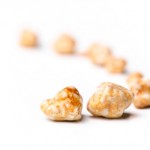 Symptoms of cholecystitis are commonly experienced in acute cholecystitis; symptoms in chronic cholecystitis are intermittent, and many people with chronic cholecystitis don’t experience any symptoms at all.
Symptoms of cholecystitis are commonly experienced in acute cholecystitis; symptoms in chronic cholecystitis are intermittent, and many people with chronic cholecystitis don’t experience any symptoms at all.
Symptoms of acute cholecystitis include:
- Pain in the upper abdomen, which can extend to the right shoulder
- Fever and possibly chills
- Nausea or vomiting
- Jaundice
- Dark urine or stool
Cholecystitis treatment options and prevention
Treatment of acute cholecystitis involves hospitalization and the administration of intravenous antibiotics. The antibiotics are intended to treat the infection, and other medications are given to combat nausea and pain.
Once pain and infection are gone, you can return back home to continue with your daily life. In some severe cases your doctor may opt for surgery to remove the gallbladder. Removal of the gallbladder is to prevent future episodes of acute cholecystitis from reoccurring.
For acute cholecystitis surgery is an option, but for chronic cholecystitis it is a must.
Another form of treatment is removing the gallstones from the bile duct to allow bile to exit the gallbladder once again.
In order to avoid cholecystitis, it helps if you stick with prevention methods, such as maintaining a healthy weight and avoiding a high-fat diet. These are the biggest risk factors that contribute to gallstones, which can ultimately cause cholecystitis, so following the prevention tips can help keep you out of the hospital.
-
The Weight of Thanksgiving
Thanksgiving is a time when most of us overeat. Its just what we d
-
Guidelines in Obtaining a Positive Weight Loss
Everyone needs handful guidelines to obt
-
Weight Loss - The Secret Is Serving Sizes
Good news dieters! You can whatever you like and still lose weight.
-
Three Factors Why You Should Lose Weight
Are you a lady whos wrestling along with
-
Exercise: Is It the Best for Weight Loss?
Exercise is an important component of an
-
Simple Tricks To Helping You Lose Weight
Losing weight can be a challenge, but if you follow through you&
- DON'T MISS
- Exercise Smarter Not Longer & 6 Other Weight Loss Tricks
- Risk of Death From Bariatric Surgery Among Medicare Patients Higher
- How To Lose Weight And Not Feel Hungry
- Human Hibernation Can Make You Thin Again
- Could hormonal havoc be contributing to your overeating?
- Gradual Weight Loss Is Best
- Are You Making Healthy Food Unhealthy and Other Hot Health Stories for the Week
- Free Weight Loss Tips Help For Beginning A New Diet
- Use A Weight Loss Chart For Faster Results
- Fastest Way To Lose Extra Fat

